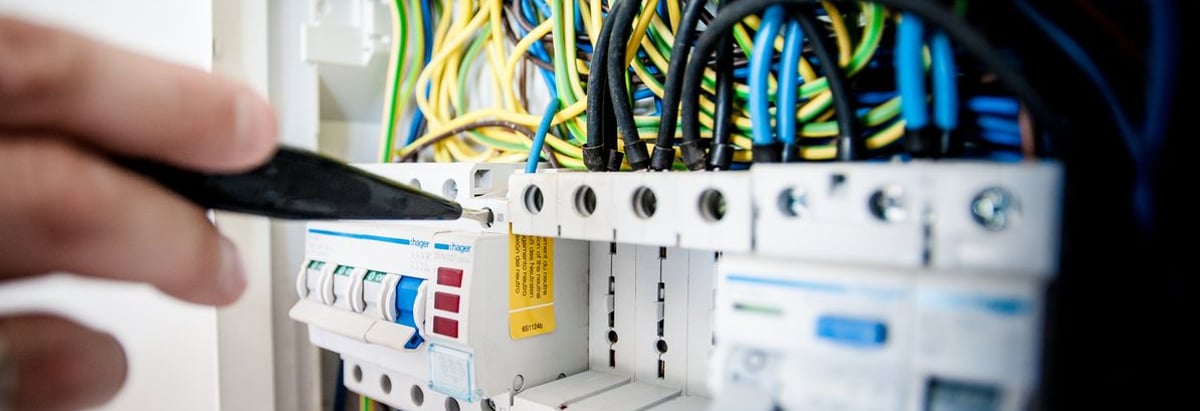- United States
- /
- Electrical
- /
- NYSE:ROK
Is Rockwell Automation Inc's (NYSE:ROK) 27.30% ROE Strong Compared To Its Industry?

This article is intended for those of you who are at the beginning of your investing journey and want to begin learning the link between company’s fundamentals and stock market performance.
With an ROE of 27.30%, Rockwell Automation Inc (NYSE:ROK) outpaced its own industry which delivered a less exciting 10.97% over the past year. But what is more interesting is whether ROK can sustain this above-average ratio. A measure of sustainable returns is ROK’s financial leverage. If ROK borrows debt to invest in its business, its profits will be higher. But ROE does not capture any debt, so we only see high profits and low equity, which is great on the surface. But today let’s take a deeper dive below this surface.
View our latest analysis for Rockwell Automation
Breaking down ROE — the mother of all ratios
Return on Equity (ROE) weighs Rockwell Automation’s profit against the level of its shareholders’ equity. An ROE of 27.30% implies $0.27 returned on every $1 invested, so the higher the return, the better. If investors diversify their portfolio by industry, they may want to maximise their return in the Electrical Components and Equipment sector by investing in the highest returning stock. However, this can be deceiving as each company has varying costs of equity and debt levels, which could exaggeratedly push up ROE at the same time as accumulating high interest expense.
Return on Equity = Net Profit ÷ Shareholders Equity
ROE is measured against cost of equity in order to determine the efficiency of Rockwell Automation’s equity capital deployed. Its cost of equity is 10.08%. Given a positive discrepancy of 17.22% between return and cost, this indicates that Rockwell Automation pays less for its capital than what it generates in return, which is a sign of capital efficiency. ROE can be dissected into three distinct ratios: net profit margin, asset turnover, and financial leverage. This is called the Dupont Formula:
Dupont Formula
ROE = profit margin × asset turnover × financial leverage
ROE = (annual net profit ÷ sales) × (sales ÷ assets) × (assets ÷ shareholders’ equity)
ROE = annual net profit ÷ shareholders’ equity

Essentially, profit margin shows how much money the company makes after paying for all its expenses. The other component, asset turnover, illustrates how much revenue Rockwell Automation can make from its asset base. The most interesting ratio, and reflective of sustainability of its ROE, is financial leverage. ROE can be inflated by disproportionately high levels of debt. This is also unsustainable due to the high interest cost that the company will also incur. Thus, we should look at Rockwell Automation’s debt-to-equity ratio to examine sustainability of its returns. Currently the ratio stands at 85.02%, which is reasonable. This means Rockwell Automation has not taken on too much leverage, and its above-average ROE is driven by its ability to grow its profit without a huge debt burden.

Next Steps:
ROE is one of many ratios which meaningfully dissects financial statements, which illustrates the quality of a company. Rockwell Automation exhibits a strong ROE against its peers, as well as sufficient returns to cover its cost of equity. Its high ROE is not likely to be driven by high debt. Therefore, investors may have more confidence in the sustainability of this level of returns going forward. ROE is a helpful signal, but it is definitely not sufficient on its own to make an investment decision.
For Rockwell Automation, I've put together three pertinent factors you should look at:
- Financial Health: Does it have a healthy balance sheet? Take a look at our free balance sheet analysis with six simple checks on key factors like leverage and risk.
- Valuation: What is Rockwell Automation worth today? Is the stock undervalued, even when its growth outlook is factored into its intrinsic value? The intrinsic value infographic in our free research report helps visualize whether Rockwell Automation is currently mispriced by the market.
- Other High-Growth Alternatives : Are there other high-growth stocks you could be holding instead of Rockwell Automation? Explore our interactive list of stocks with large growth potential to get an idea of what else is out there you may be missing!
To help readers see past the short term volatility of the financial market, we aim to bring you a long-term focused research analysis purely driven by fundamental data. Note that our analysis does not factor in the latest price-sensitive company announcements.
The author is an independent contributor and at the time of publication had no position in the stocks mentioned. For errors that warrant correction please contact the editor at editorial-team@simplywallst.com.
Simply Wall St analyst Simply Wall St and Simply Wall St have no position in any of the companies mentioned. This article is general in nature. We provide commentary based on historical data and analyst forecasts only using an unbiased methodology and our articles are not intended to be financial advice. It does not constitute a recommendation to buy or sell any stock and does not take account of your objectives, or your financial situation. We aim to bring you long-term focused analysis driven by fundamental data. Note that our analysis may not factor in the latest price-sensitive company announcements or qualitative material.
About NYSE:ROK
Rockwell Automation
Provides industrial automation and digital transformation solutions in North America, Europe, the Middle East, Africa, the Asia Pacific, and Latin America.
Established dividend payer with adequate balance sheet.
Similar Companies
Market Insights
Community Narratives



